The seven-episode miniseries The Queen's Gambit has become one of Netflix's biggest hits in recent memory, drawing near-unanimous acclaim from both critics and audiences for its heartwarming story, impeccable performances, and gorgeous design.
Based on a book written by Walter Tevis (the author of The Color of Money and The Man Who Fell to Earth), the series follows chess prodigy Beth Harmon (played by Anya Taylor-Joy), who struggles with addiction on her way to reaching the highest level of competition. Much of the original content of the book was kept intact for the adaptation, but a few things were changed in the process.
10 Changed: Beth's Backstory
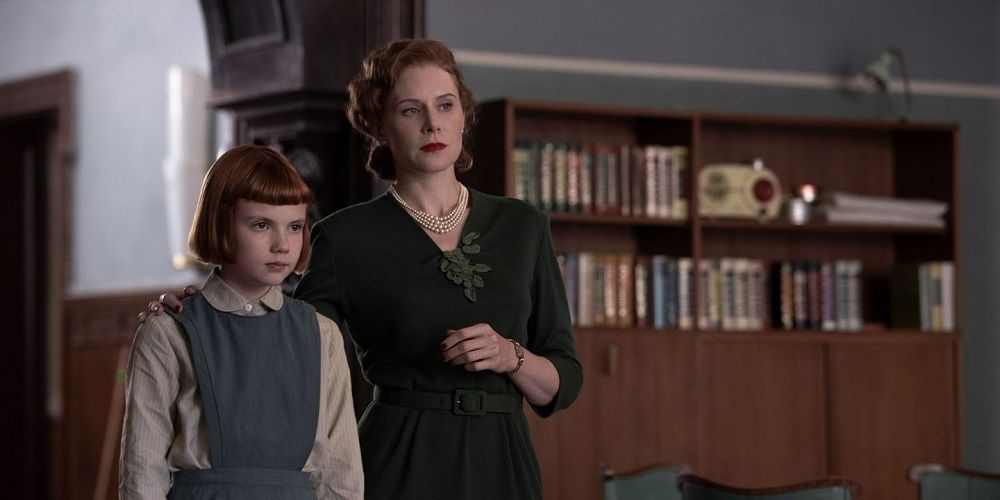
The book only includes a brief paragraph regarding the death of Beth's mother, Alice, before immediately transitioning into the orphanage setting. Conversely, the adaptation spends a long time with Alice in flashbacks, a change that puts a little more context into Beth's underdog story and allows the writers to more vividly illustrate her personal demons.
In the book, Alice dies in a car accident while Beth is at home, without suicide even being mentioned; however, in the series, Alice attempts to kill both herself and Beth in a car accident after being refused help by Beth's father. Beth survives and is sent to an orphanage.
9 The Same: The Setting
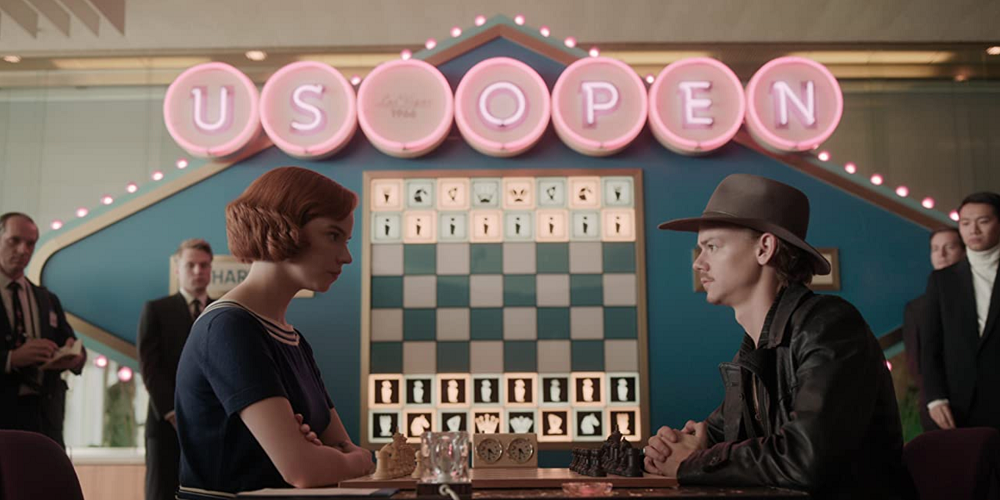
Most of the settings in The Queen's Gambit are kept the same between both book and series. The Methuen Home is in Mount Sterling, Kentucky; Mrs. Wheatley dies while Beth is playing a tournament in Mexico City; and the final game against Borgov is played in Moscow.
Additionally, the series is set in the mid-to-late 1960s, and although the book (which was published in 1983) doesn't have an established time period, the latest date mentioned is 1965 (in reference to a past game played by one of Beth's competitors in Moscow).
8 Changed: The Ending

While a good chunk of the source text was kept intact during The Queen's Gambit's book-to-series transition, a few events from the book were switched around in order to better serve the series' narrative.
The most noticeable is the ending, which finds Beth being recognized and lauded by a group of elderly chess players in a park before challenging one of them to a game. This moment is actually pieced together from both the book's original ending and a scene that takes place during the middle of the Moscow tournament.
7 The Same: The Orphanage
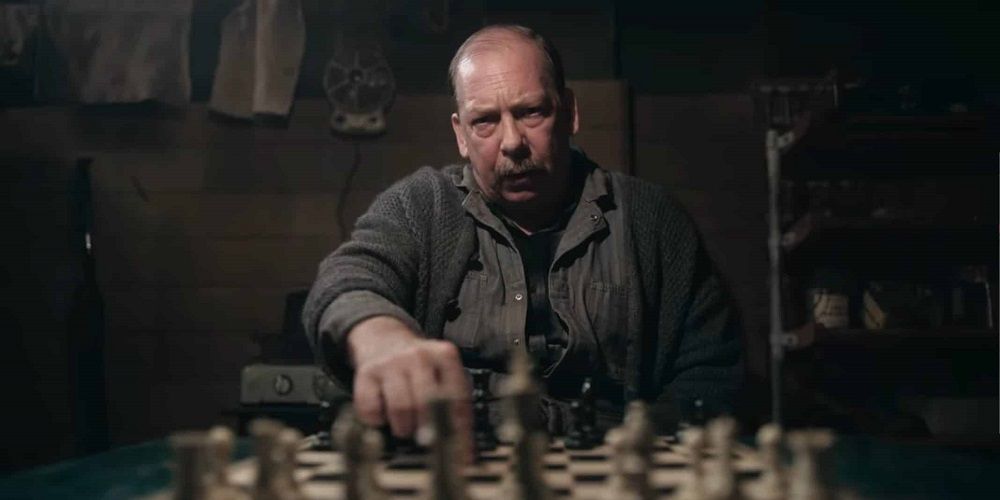
The book's description of the Methuen Home and the events surrounding it is unchanged in the Netflix series.
The gruff janitor Mr. Shaibel teaching Beth how to play chess; Beth's friendship with Jolene; Beth's consumption of tranquilizers; Mrs. Deardorff's insistence that Beth cannot play chess in the basement -- it's all faithfully rendered by series writer-director Scott Frank.
6 Changed: Townes
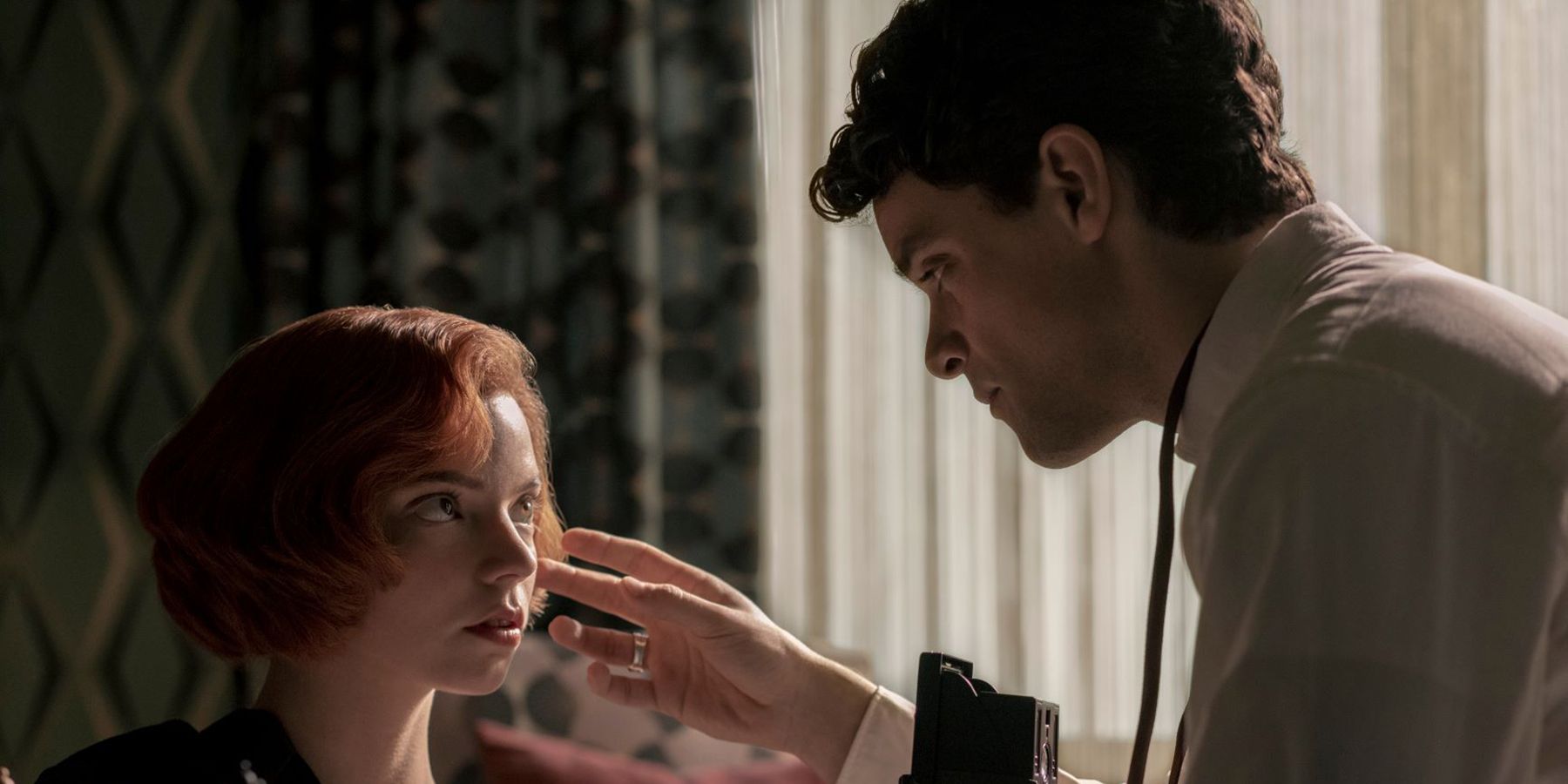
Townes appears during two scenes in the book, playing against Beth during her first chess tournament and later, interviewing her in his hotel room. Both of these scenes are included in the series.
However, after these two scenes have taken place, in the book Beth only wishes "Townes might show up with a camera", while in the series, Townes and Beth actually do meet in Moscow. This meeting leads to a heartfelt discussion in which it's implied that Townes is either gay or bi, another change from the book.
5 The Same: Mrs. Wheatley
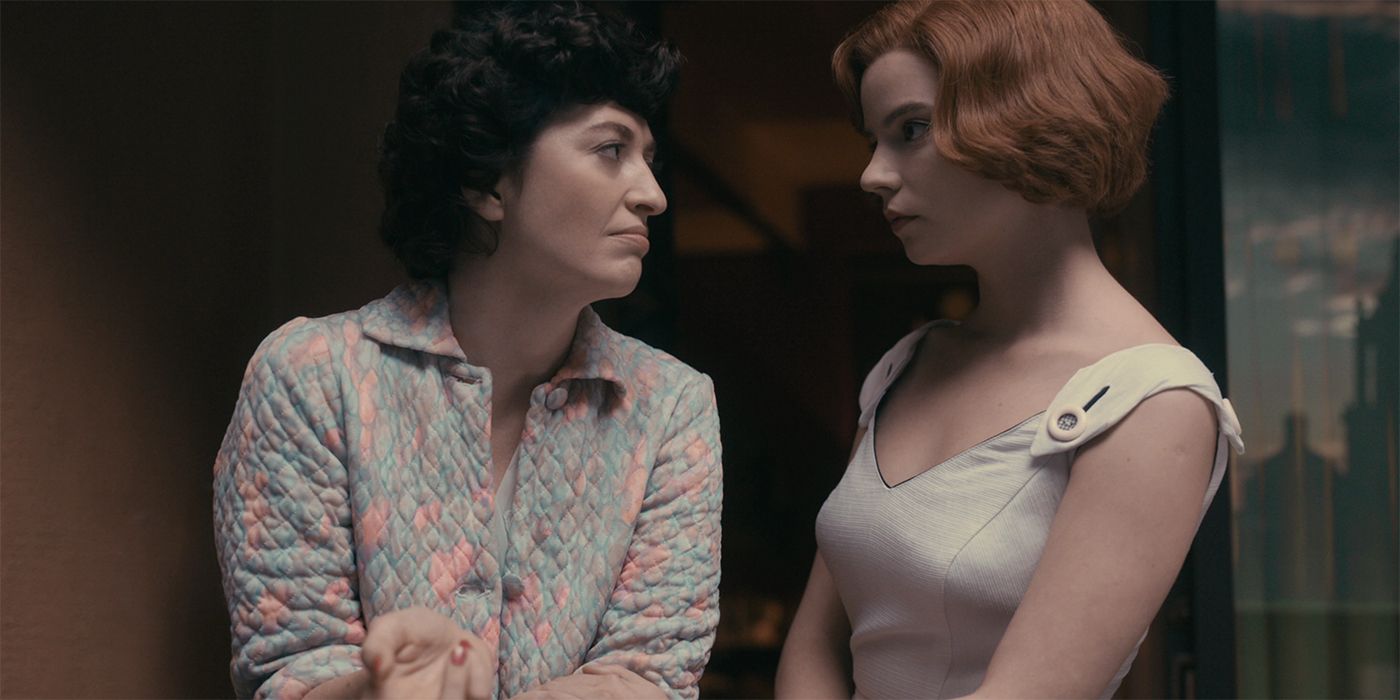
Alma Wheatley's character in both the Netflix series and the book serves as a sort of wayward mentor to Beth, while Alma's neglectful husband Allston is more of a minor antagonist.
Apart from the way she and her husband are portrayed, elements of Mrs. Wheatley's story, like her piano-playing, her relationship with Manuel, and her eventual death from hepatitis, don't differ from what's shown in the book.
4 Changed: Cleo
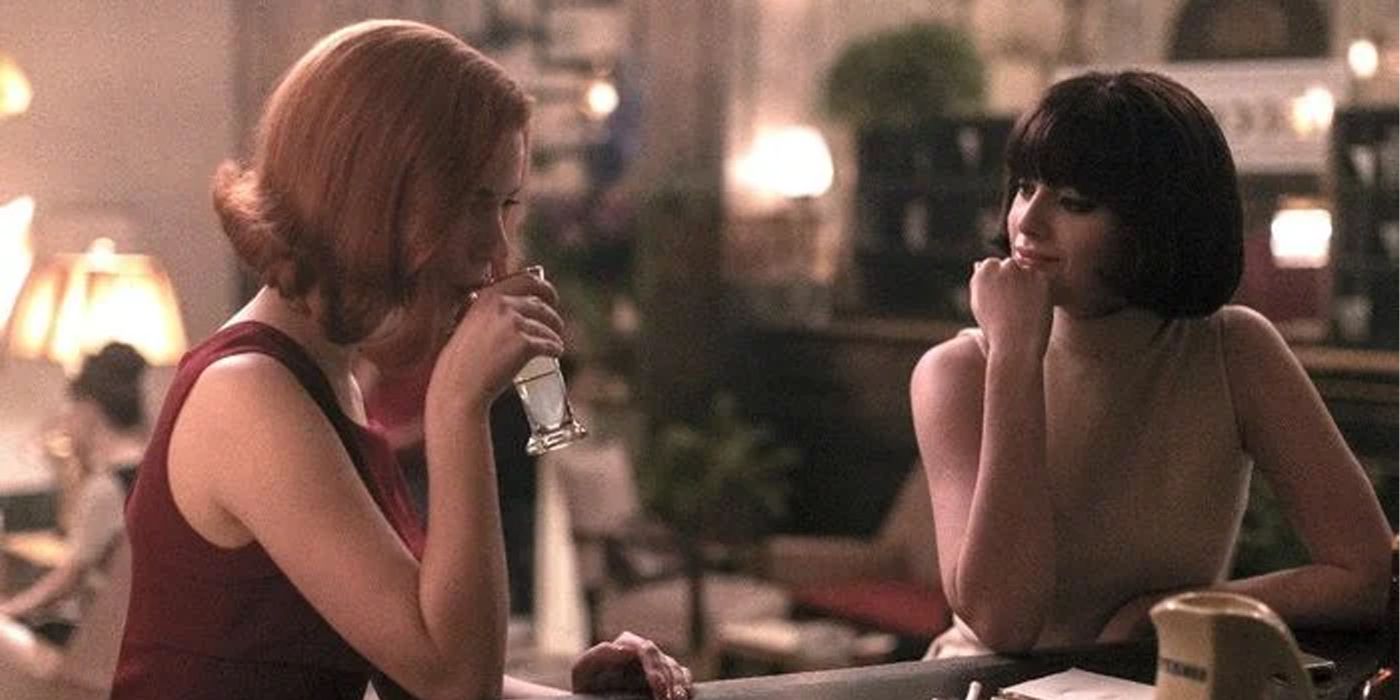
Cleo is a new character introduced solely for the Netflix series, though she seems to be somewhat based on a character named Jenny Baynes who's only given a brief cameo in the book. Cleo is an artist from Paris who meets Beth while both are visiting Benny Watts in New York.
Beth and Cleo later spend the night together during a tournament, with Beth waking up drunk and unprepared for her match against Borgov -- which has led to some theories about Cleo actually being a KGB spy.
3 The Same: Borgov
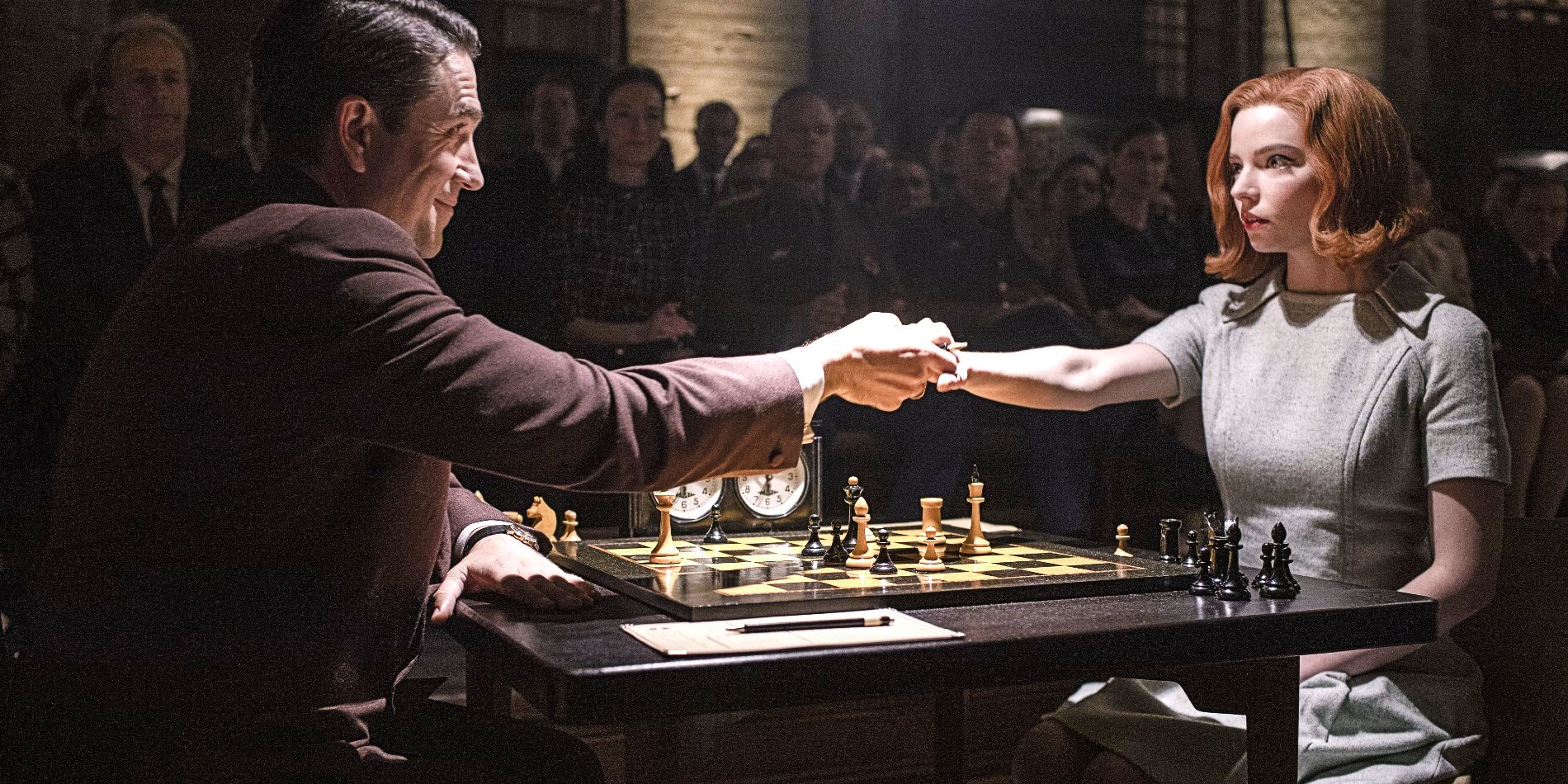
Borgov is another character who isn't significantly changed between the book and the series: in both, his identity as the one player Beth can never seem to outsmart makes beating him seem like a goal she needs to attain before she can continue her journey.
And, yes, even his somewhat uncharacteristic final moment -- recognizing her as an equal and accepting his defeat -- is included in the book.
2 Changed: The Final Game
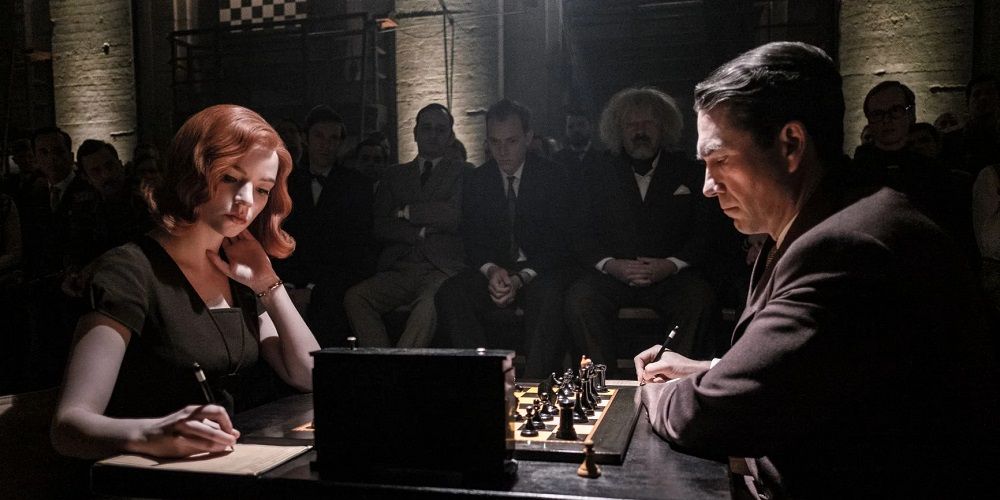
The final game in the Netflix series is vaguely similar to the one in the book, but there are a few stark changes. Most of the series' final game is taken from a drawn game played between Vasily Ivanchuk and Patrick Wolff in 1993 which began with an opening called the Queen's Gambit Accepted -- the two games differ around move 37. The game in the book features Beth calculating a checkmate that involves her knight; in the series, she simply wins a few extra pieces, which is enough for Borgov to throw in the towel.
Also, while in the series she wins by imagining the pieces on the ceiling as she did in her youth, in the book she simply closes her eyes and is met with a lucid reconstruction of the position before her.
1 The Same: The Phone Call
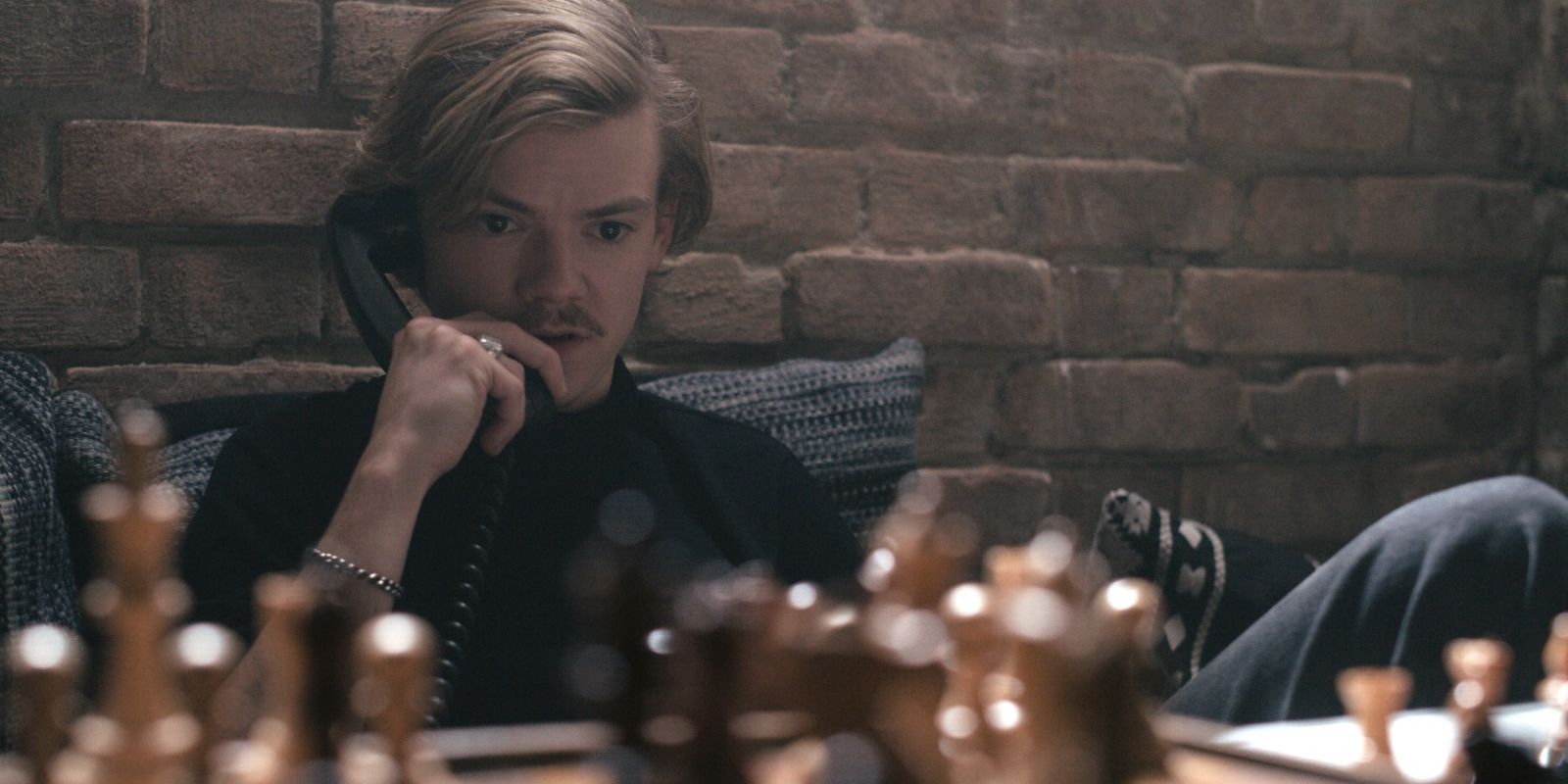
A bit that was kept the same between the book and its series adaptation was the phone call from Benny during the adjournment period of Beth's final game against Borgov.
While small bits of it are changed, it's one of the series' most important moments because it shows Beth's friends rallying around her to help her succeed.
from ScreenRant - Feed https://ift.tt/3eXovKk






0 Comments
Please don't use vulgar comments and avoid discussion on Religious matters